Hello, I have some questions about recycling envelopes with plastic windows. Are these envelopes recyclable in all areas? What should I do to properly recycle or dispose of them? Are there any health or environmental risks if they are not recycled correctly? Thank you!
How can advances in biodegradable polymers and recycling technology improve the sustainability of mixed-material packaging like envelopes with plastic windows?
Related Encyclopedia
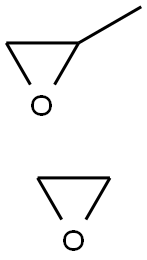
- 9003-11-6
- (C3H6O.C2H4O)x
- 102.13
- All (13)
- China (2)
- (13)

- 9003-07-0
- C22H42O3
- 42.08
- All (98)
- China (24)
- (98)
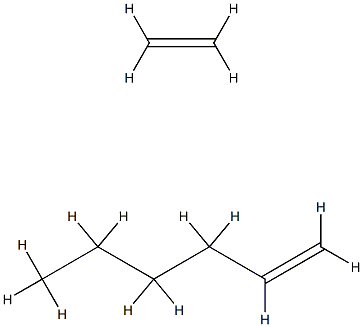
- 25213-02-9
- C8H16
- 112.21264
- All (24)
- China (2)
- (24)

- 9002-88-4
- (C2H4)n
- 28.05316
- All (24)
- China (2)
- (24)
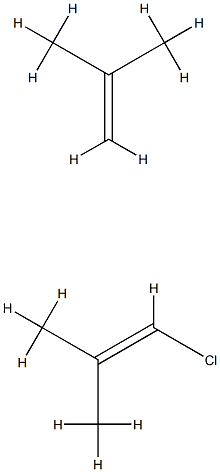
- 68442-33-1
- C8H15Cl
- 146.6577
- All (2)
- China (0)
- (2)
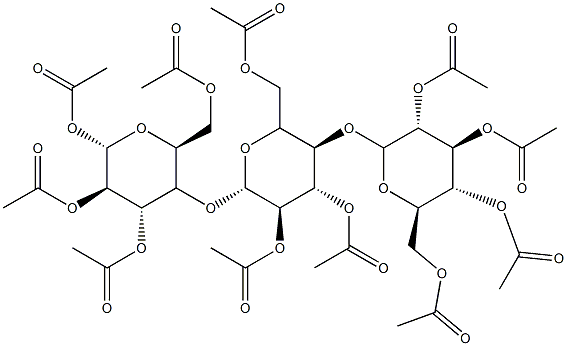
- 9012-09-3
- C40H54O27
- 966.84056
- All (3)
- China (0)
- (3)

- 9004-64-2
- C3H7O*
- 59.08708
- All (22)
- China (9)
- (22)
- 9004-62-0
- C29H52O21
- 0
- All (59)
- China (31)
- (59)
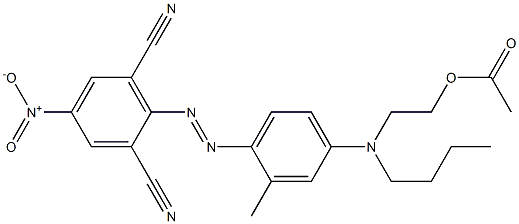
- 9004-57-3
- C23H24N6O4
- 448.47446
- All (21)
- China (2)
- (21)
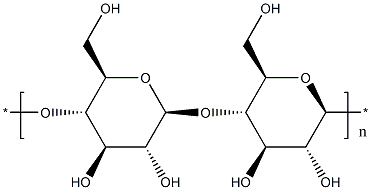
- 9004-34-6
- (C12H20O10)n
- 324.28
- All (3)
- China (2)
- (3)
Related Products More >
-
- 63231-66-3
- CNY Request For Quotation
-
- 9003-55-8
- CNY Request For Quotation
-
- CNY Request For Quotation
-
- CNY Request For Quotation

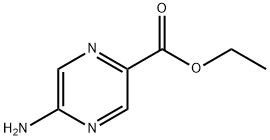
 沪ICP备2021018848号-5
沪ICP备2021018848号-5


From a biological and environmental health perspective, improper recycling or disposal of mixed-material envelopes can contribute to microplastic pollution and chemical leaching. These microplastics may enter water systems, potentially affecting aquatic life and, through the food chain, human health. Although direct physiological effects from handling such envelopes are minimal, the broader environmental impact can indirectly affect public health by disrupting ecosystems.
Clinically, the main concern would be the presence of contaminants or allergens if envelopes are reused improperly, but this is rare. The environmental risks are more pressing and underline the importance of proper waste management. To reduce risk, consumers should check with local recycling guidelines—some facilities accept envelopes with plastic windows if they are small and do not interfere with paper pulping, while others require removing the plastic windows before recycling.
Alternatives to traditional plastic windows include biodegradable or compostable films, or using fully paper-based envelopes with translucent paper windows, which simplify recycling and reduce environmental harm.
For individuals managing household waste or businesses aiming for greener practices, educating about material separation and encouraging use of eco-friendly envelopes can help mitigate risks.
A lot of folks get confused here. One big myth is that these envelopes are *never* recyclable, so people just throw them away without checking—wasting perfectly recyclable paper. On the flip side, some assume all recycling programs accept them and toss them in without a second thought, which can contaminate batches if the facility can’t process them. And when people try to remove the plastic window, they often leave bits of plastic stuck to the paper, which still causes issues.
For home use, start by checking your local rules—most cities list what’s allowed on their waste management website or app. If your program says mixed materials like these are okay, go ahead and recycle the envelope as is. If not, take a minute to separate the plastic from the paper. Gently tear or cut around the window (the glue is usually weak) to peel it off. The paper part can go in recycling, and the plastic window can go in the trash—unless your area recycles #5 plastics, in which case check if it’s clean enough.
If you can’t get the plastic off cleanly, it’s better to throw the whole envelope away than risk contaminating other recyclables. Another easy move: opt for windowless envelopes when you can—they’re always a safe bet for recycling. And if you get a lot of these envelopes (like bills or junk mail), set up a small bin just for them until you have time to check or separate them.
It’s a small step, but paying attention to what your local program can handle keeps more paper out of landfills. Recycling works best when we follow the rules, so a quick check online or a call to your waste department goes a long way.
The differing physical and chemical properties of paper and plastics present challenges during recycling. Paper is composed of natural fibers and can be decomposed and recycled through hydrolysis and mechanical treatment; however, plastics are resistant to water, acids, and alkalis, making them difficult to decompose in standard pulping processes. The presence of plastic windows can easily contaminate the paper pulp, affecting both paper quality and recycling efficiency. Therefore, many recycling plants require the plastic windows to be separated from the paper first.
From the perspective of bond type and reaction mechanism, the cellulose chains of paper contain numerous hydroxyl (–OH) groups, which are polar and form a good affinity with water molecules through hydrogen bonding, facilitating pulping. In contrast, the hydrocarbon chains of plastic windows are non-polar and lack reactive groups, making them less susceptible to chemical reactions with water or common solvents, and less susceptible to microbial degradation, which is another indicator of their stability.
In industry, technologies to address the difficulty in separating plastic windows from paper include mechanical exfoliation and selective dissolution using specific solvents, or replacing traditional plastics with biodegradable materials to improve environmental friendliness. In biological applications, the impact of plastic pollution on microbial ecology is gaining increasing attention. Improperly recycled plastics can release microplastics, disrupting the chemical environment within organisms.
This raises the question: Can composite materials be designed in the future that both meet functional requirements and are easily recyclable or biodegradable, fundamentally solving the recycling challenge of multi-material packaging?
Think of it like recycling a pizza box: If there’s a little grease spot, you can tear off the clean part and recycle that. Same with envelopes—the paper is recyclable, but the plastic window is the “grease spot” here. Most recycling centers use machines that sort materials by size and weight. A tiny plastic window (like the one on a standard #10 envelope) is lightweight and gets filtered out during processing, so it won’t mess up the recycling stream. But if the envelope is mostly plastic (like those shiny, bubble-lined mailers with a giant window), the whole thing should go to landfill—unless your local facility has a special program for them.
Here’s the science: Paper recycling relies on water and agitation to break fibers into pulp. Plastic doesn’t dissolve—it stays intact and can clog machines or end up as “contaminants” in the final recycled paper (which nobody wants!). Small windows are usually made of polypropylene or cellophane, which are lightweight and get separated easily. But larger plastic pieces? They’re like a rock in a blender—they’ll just sit there and cause trouble.
So, how to recycle smart?
Check the window size: If the plastic is smaller than a postage stamp, recycle the whole envelope. If it’s bigger than a credit card, rip off the paper part and trash the rest (or look for a drop-off spot for bubble mailers—some shipping stores take them!).
Remove excess glue: If the envelope has a sticky flap (like a lick-and-stick), tear off that section—glue can gum up recycling machines too.
When in doubt, go “paper-only”: Opt for envelopes without windows for important mail (or use labels to cover windows before recycling). Better safe than sorry!
Pro tip: Reuse first, recycle second! Save envelopes with small windows for jotting notes, storing coupons, or organizing craft supplies. Every little reuse keeps waste out of landfills longer. And if you’re sending mail, choose paper-based windows (like biodegradable cellophane) or skip the window altogether—your recipient will still get the message!
Bottom line: A tiny plastic window won’t ruin your recycling karma, but big plastic patches will. Play it safe, and when in doubt, ask your local recycling center—they’re the real MVPs of waste sorting! ?✨